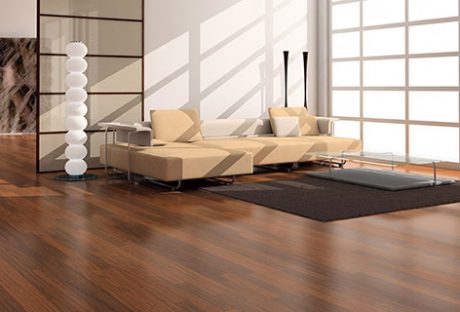The convex mirror otherwise known as a fish-eye mirror is used in many places for protection and to avoid accidents. It is one of the simple ways to alert you to impending dangers. You don’t need to spend a fortune for sophisticated security systems in order to protect your home. There are many varieties of mirrors for your safety like dome mirrors and bathroom safety mirrors. However, they are one of the most flexible mirrors. These mirrors allow you to view different directions without having to adjust the mirror or allowing others to know what you are looking for.
What is a Convex Mirror?
Convex mirrors are made of acrylic or glass and are hardened to make it unbreakable. They diverge light to reflect images. These mirrors have a broad view as against ordinary mirrors. Vehicles use these mirrors to provide a rear view to the drivers. It is also used in stores, grocery shops, etc. as a security device. They can be used both indoor and also in outdoor. They are easy to install and affordable.
Why do you need a convex mirror?
A convex mirror has several applications. It is used in huge apartment complexes and commercial buildings for security. It allows security personnel to check on intruders and to help them in alerting for a possible attack or security breach. It is important because it can provide adequate time to plan and be prepared for any attack either by calling the police or face them yourself. You can avoid a lot of damage to the people and property just with this simple device. It also saves a lot of money since it can avoid shoplifting.
You can use these mirrors as an additional accessory along with a camera to enhance the visibility. They provide multiple angles simultaneously allowing the camera to record several angles of a scene. It can be a very useful investigative material for law enforcing agencies to nab the guilty. You could also use them effectively in parking spaces to regulate and avoid any untoward accidents. These mirrors at street bends can make the riding safer. An outdoor mirror can avoid a lot of accidents since they provide a view of the corners.
Advantages & disadvantages
The most important advantage of a convex mirror is the ability to provide different angles from a stationary point. However, the clarity is sacrificed which is the major disadvantage of the convex mirror. They are also resistant to extreme weather conditions making them ideal for outdoor use. You just have to take care that they don’t get covered in frost. If the mirror is covered with frost then it will lead to dangers since people will have a false sense of security which can be damaging.
How to use?
When you are choosing the mirror, you need to make sure that you decide on the location you intend to install them. If the location is a small one, it is enough if you use a flat mirror. However, larger areas need a convex mirror for better visibility from different angles. You should also decide whether you want to use them indoors or outside. These mirrors can also be used in cell phones to take better selfies.
Where to buy?
You can but these mirrors from a store at your location selling mirrors or order them from online stores, it sells security items for both indoor as well as outdoor use. Online stores provide at a much cheaper cost. You could buy them for as little as $20. However, the cost varies depending on size and the type of use. If the size is bigger and is for outdoor use, it may cost higher going up to even $180.
These are one of the low-cost convex mirrors safety devices to protect yourself & your property. You can use them outdoor to avoid accidents or indoors to prevent shoplifting etc. You can buy them online at an affordable cost.






















